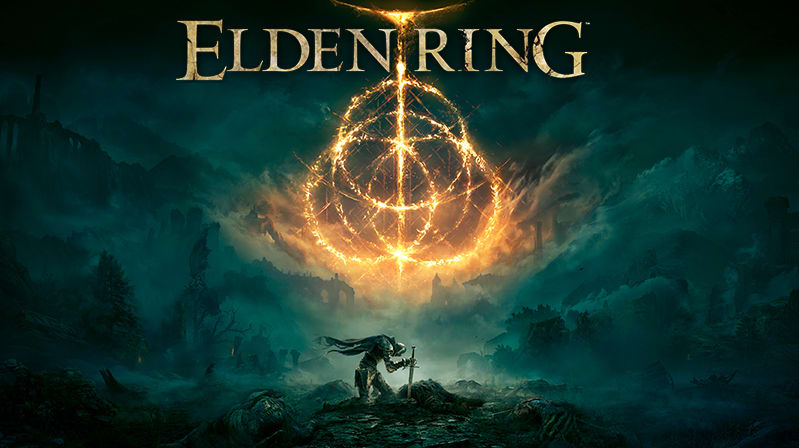
Elden Ring
I kind of like Elden Ring.
That was probably the coldest hot take you’ve heard this decade, so allow me to contextualize. I, unlike apparently every other Gamer™, have a very mixed opinion of Dark Souls. On the one hand, it’s one of the most holistic gaming experiences around, with everything from enemy animations to item flavour text contributing to a unified artistic vision. On the other, it constantly mistakes inconvenience and annoyance for satisfying challenge. Elden Ring is a very close spiritual successor to Dark Souls – its story in particular is almost comical in how it could have been written by a Find and Replace button – so what makes it more palatable to my tastes? The simple answer is that its open world structure complements its developers’ strengths while nullifying some of their bad habits.
For example, the need for an open world to have abundant checkpoints means they’re almost always present before boss fights you’re expected to rematch dozens of times – basic level design logic that’s absent from previous FromSoftware titles. Additionally, if an individual area is giving you a hard time, you now have the option to just…go somewhere else, accumulate experience, techniques, and equipment, and then return when you’re comfortable. Crucially, Elden Ring is the good kind of open world, the kind that shuns map icons and quest markers in favour of interesting visual landmarks and geological variety, so exploration is usually rewarding for its own sake. The open world also adds mounted combat to the Soulslike formula. While it’s a little underdeveloped, the ability to summon a magic mountain goat and double-jump away from now-impotent threats is an unexpectedly hilarious pleasure.
With all of this in place, I was finally able to appreciate the things that people like about this franchise. I could master opponents’ attack patterns and feel genuinely accomplished after defeating them. I could absorb the weight of the atmosphere and the controls. I could explore the fascinating lore of the setting, even if its abstract presentation still precluded forming an emotional connection to the plot. I could…tolerate the occasional platforming section that feels like the exploitation of physics glitches instead of intended progression, because FromSoft just lets their immensely talented art department do whatever they want and figure out how it’ll function later. I could even see the value in the weirdly obtuse multiplayer mechanics that have apparently spawned a thriving PVP ecosystem that I never want to touch. I could do all of these things…for the first two thirds of the game.
After that point, the game world narrows, and the difficulty is ratcheted up to an absurd degree even by the standards of the genre. Bosses gain monstrous amounts of health, and their attack patterns become unrelenting and intentionally unintuitive. Most problematically, however, the game has simply gone on for too long and bred too much familiarity at this point. The design of the upgrade system punishes players for experimenting with new weapons, so your chosen play style will be cemented long, long before the game is over, eventually discouraging exploration, as you realize that nothing will fundamentally change anymore. Once that happens, you’re no longer playing a reinvented and revitalized Dark Souls; you’re just playing Dark Souls. And while that’s still a ringing endorsement for a number of people, as I said, I only kind of like it.